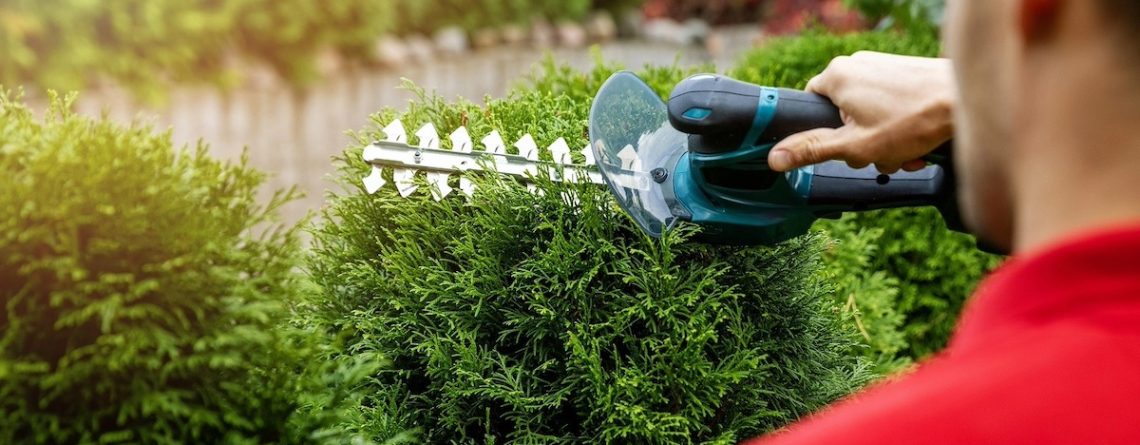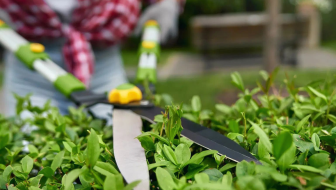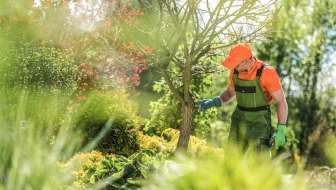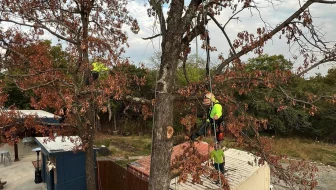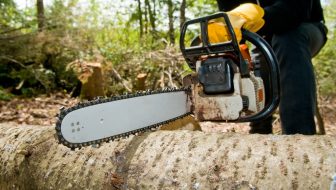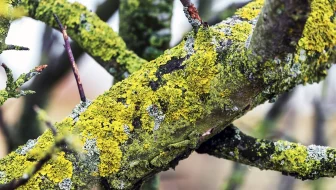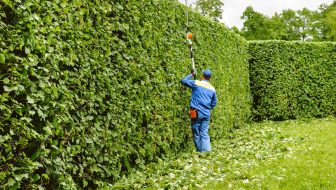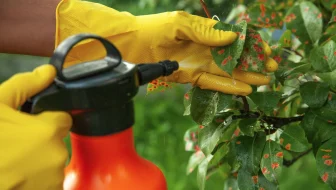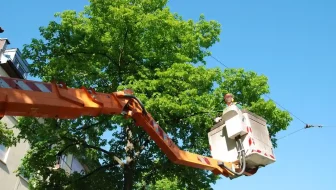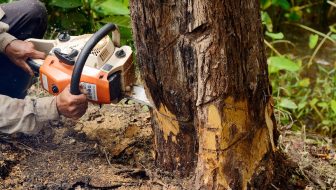Trees are not just silent spectators of the world around us; they are intricate, living beings that play a vital role in sustaining life on Earth. From purifying the air we breathe to providing habitat for countless species, their significance cannot be overstated. Yet, amidst our bustling lives, we often overlook the importance of caring for these green giants. In this article, we delve into five compelling reasons why prioritizing regular tree care should be a non-negotiable commitment for every responsible steward of the environment.
Environmental Benefits:
Trees are nature’s air purifiers, absorbing carbon dioxide and releasing oxygen, thereby helping to mitigate the effects of climate change. Regular tree care, including pruning, watering, and fertilizing, enhances their health and longevity, allowing them to continue their crucial role in sequestering carbon and improving air quality. Moreover, healthy trees contribute to soil stability, prevent erosion, and support biodiversity by providing food and shelter for various organisms.
Property Value Enhancement:
Beyond their ecological significance, trees also add aesthetic and economic value to properties. Well-maintained trees enhance the curb appeal of homes and communities, making them more attractive to potential buyers. Studies have shown that neighborhoods with mature trees tend to have higher property values and sell more quickly than those without. Regular tree care, such as trimming to maintain shape and removing dead branches, preserves their beauty and ensures they remain an asset rather than a liability.
Safety and Liability Reduction:
Neglected trees pose significant safety hazards, especially during severe weather events. Dead or decaying branches can fall unexpectedly, causing property damage, injury, or even loss of life. By prioritizing regular tree inspections and maintenance, property owners can identify and address potential risks before they escalate. This proactive approach not only safeguards individuals and property but also mitigates the risk of costly liability claims arising from tree-related accidents.
Disease and Pest Management:
Trees, like any living organism, are susceptible to diseases and pest infestations that can compromise their health and vitality. Regular tree care practices, such as pruning infected branches, applying preventive treatments, and monitoring for signs of distress, are essential for early detection and management of such issues. Timely intervention can prevent the spread of diseases, preserve the tree’s structural integrity, and minimize the need for drastic measures like removal.
Long-Term Sustainability:
Investing in regular tree care is an investment in the future sustainability of our urban and natural environments. Healthy, well-maintained trees have a longer lifespan, providing lasting benefits for current and future generations. By fostering a culture of tree stewardship and incorporating tree care into urban planning and development strategies, we can ensure that our cities and landscapes remain vibrant, resilient, and conducive to healthy living.
As we navigate the complexities of modern life, it’s easy to overlook the silent giants that surround us. However, the benefits of prioritizing regular tree care extend far beyond mere aesthetics or property value. From environmental conservation to community safety and long-term sustainability, the case for investing in the health and well-being of our trees is undeniable. By recognizing and embracing our role as stewards of these green guardians, we can protect and preserve them for generations to come. Let’s commit to nurturing the roots that connect us to the very essence of life on Earth.

